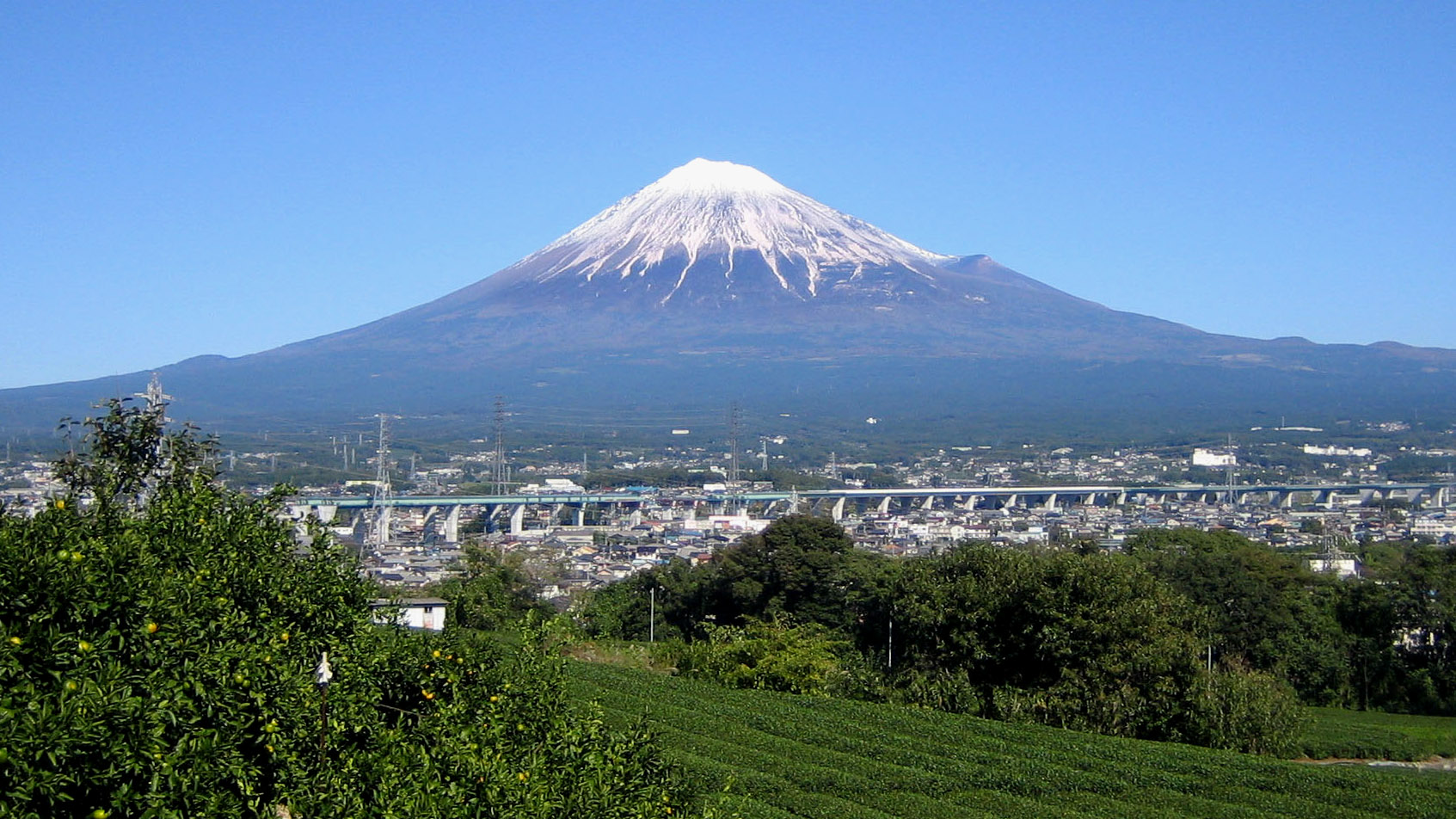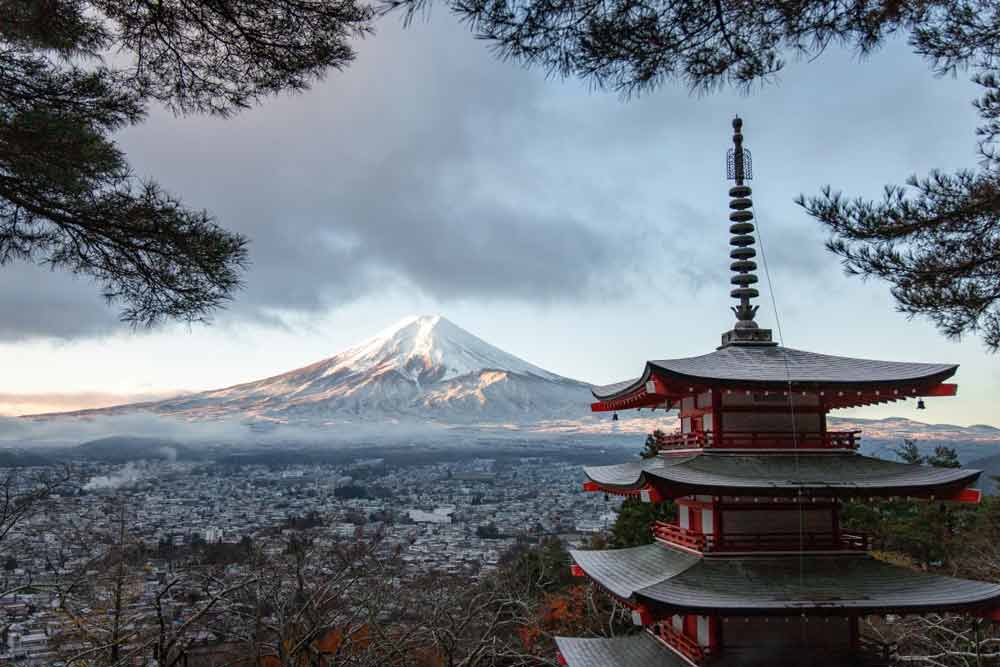25 Really Interesting Facts about Mount Fuji – The Pride of Japan
Let’s explore some interesting facts about Mount Fuji. Mount Fuji is the English name for the mountain. It is also known as “Fuji-san,” “Fujiyama,” or, redundantly, “Mt. Fujiyama” in certain sources. In this article, we will share many more interesting facts about mount fuji like this.
The mountain is known as “Fuji-san” in Japanese. This “san” is the Sino-Japanese interpretation of the character yama (“mountain”) used in Sino-Japanese compounds, not the honorific suffix used with people’s names, such as Watanabe-san. Huzi is how the name is written in Nihon-shiki and Kunrei-shiki romanization.
Fuji-no-Yama (“the Mountain of Fuji”), Fuji-no-Takane (“the High Peak of Fuji”), Fuy-h (“the Lotus Peak”), and Fugaku, Fuji mountain are some other Japanese names that have become outdated or poetic.
Mount Fuji is a beautiful volcanic cone that has been a popular subject of Japanese art since 1600 when Edo (now Tokyo) became the capital and people saw it while traveling on the Tkaido route. “In medieval times, it finally came to be considered by Japanese as the “number one” mountain of the known globe of the three kingdoms of India, China, and Japan,” writes historian H. Byron Earhart. The mountain has been referenced in Japanese literature throughout the years, and numerous poems have been written about it.
Since ancient times, the peak has been considered holy, and women were not allowed to visit until the Meiji era in the late 1860s. The foot of the mountain, near the present-day village of Gotemba, was utilized by ancient samurai as a secluded training place. In the early Kamakura era, the shgun Minamoto no Yoritomo held yabusame in the region.
Interesting facts about Mount Fuji
Its time to enjoy the following 25 popular, interesting facts about Mount Fuji
1. The first foreigner to reach the peak of Mt. Fuji was Rutherford Alcock, the first British ambassador to Japan. In 1860, he traveled to the top with his favorite dog and a few of his guards. And he holds the distinction of being the first foreigner to summit Mt. Fuji.
2. The foot of the mountain was previously utilized as a training area for old Samurai, and women were not permitted on it until the late 1860s, during the Meiji Era, the first half of Japan’s Empire.
3. A Shogun constructed Fujisan Hong Sengen Taisha in 1606 to please the mountain’s kami (god) and quiet Fuji’s eruptions.
4. This tale arose from the fact that in the nineteenth century, this woodland was a site where people abandoned both young and old people.
5. Mount Fuji’s peak has been deemed sacred since ancient times, which is one of the most fascinating facts about the mountain. This is comparable to Mauna Kea on the Hawaiian island of Oahu, which is likewise revered by the locals.
6. In Japanese, Mount Fuji is known as ‘Fujisan.’ Because kanji has Chinese roots, the honorific suffix ‘san’ is pronounced like the Sino character for ‘Mountain.’
7. Mount Fuji was referred to as “Fuji no Yama” in the fudoki. However, the original name might have come from the Ainu language. More particularly, from the words “fire” and “San,” which means “mountain” in Japanese.
8. Mount Fuji was added to the UNESCO World Heritage List on June 22, 2013, which is one of the most intriguing facts about it.
9. With its conical form and snow-capped summit, Katsushika Hokusai’s Under the Wave off Kanagawa, painted on woodblock print from 1830 to 1833, is probably the most famous piece of Mount Fuji art.
10. During WWII, nationalist propaganda made use of Mount Fuji. In dropped leaflets, Americans used the same prominent peak to persuade the island country to surrender.
11. Mount Fuji is also the world’s sixth tallest summit on any island.
12. Mount Fuji is one of Japan’s “Three Holy Mountains,” along with Mount Tate and Mount Haku. Mount Fuji is associated with volcanic power, Mount Haku with water power, and Mount Tateyama with spiritual activities.
13. Mount Fuji is a well-known symbol of Tokyo and Japan. It’s been utilized in paintings, woodblock prints, poetry, music, theater, cinema, manga, anime, and ceramics, among other things.
14. The mountain is a famous tourist destination in Japan, with over 300,000 people climbing it each summer.
15. A total of 25 culturally significant sites in the Mount Fuji area have been added to the list.

16. Mt. Fuji is home to 39 mammalian species and one-fourth of all Japanese bird species.
17. There is no tree growth since the winters are just too cold, with the lowest temperature recorded in February 1981 at 38.0 °C (36.4 °F).
18. Fuji-ko Buddhists attempted to recreate Mount Fuji in modern-day Toyko in 1765 and built replicas to give the ceremonial climbing experience.
19. The mountain is bordered by five lakes: Lake Kawaguchi, Lake Yamanaka, Lake Sai, Lake Motosu, and Lake Shji, in addition to these cities. These lakes are part of Fuji-Hakone-Izu National Park, which also includes Mount Fuji.
20. Mount Fuji used to erupt every 200 years, but it’s been approximately 300 years since the last one. As a result, volcanologists believe that the next eruption will occur soon.
21. Tatsu Takayama became the first woman to reach the peak of Mt. Fuji. She was a 25-year-old disciple of Miroku’s teachings and the daughter of a rich farmer. She chopped her hair and dressed as a male after exhausted all other alternatives and summited Mt. Fuji with five Fuji-k men in 1832.
22. It was never intended to have back and front sides. However, the sides of Mount Fuji were dubbed “Front Fuji” and “Back Fuji” by locals. The side facing Suruga Bay is known as “Front Fuji,” whereas the side seen from the Fuji Five Lakes region is known as “Back Fuji.”
23. Mount Fuji is an active composite volcano that most recently erupted in the “Hei eruption.” On December 16, 1707, the eruption began and concluded on January 1 of the next year.
24. Mount Fuji is on “standby” for the next eruption, according to volcanologists. The next eruption, according to Japanese emergency groups, will cost the Japanese economy around 2.5 trillion.
25. On a hot summer day, the temperature can reach 17.8 degrees Celsius (64.0 degrees Fahrenheit), which was reported in August 1942. This implies that the summit of the mountain is only covered with snow for half of the year.
We hope you have enjoyed these interesting facts about Mount Fuji.
More Interesting Articles
- 25 Awesome Lake Tahoe Things to Do in Weekend
- 7 Awesome Places for Thrilling Lake Tahoe Skiing
- Top 10 Stunning Lake Tahoe Beaches to Visit
- To Do in Glen Canyon National Recreation Area
- Glen Canyon National Park Travel Guide
- 17 Travel Attractions of the Lake Tahoe City
- 32 Cozy Lake Tahoe Hotels, Resorts, and Lodges
- Top 10 Natural Wonders of the US to See in Life
- 11 To-Do while Traveling Lake Tahoe in Summer
- Monument Valley Tours – How to Plan
- 40 Monument Valley Facts Everyone Should Know
- 6 Places for Thrilling Monument Valley Camping
- List of Monument Valley Hotel You can Check
- 13 Memorable Things to Do in Monument Valley
- Grand Canyon National Park Travel Guide
- Monument Valley Transportation Guide
- Monument Valley Visitor Center
- Southeastern Utah Sights – Must-See Sights in Utah
- Monument Valley Scenic Drive – A Complete Guide
- 10 Beautiful Utah National and State Parks
Tags
mount fuji facts
mt fuji facts
fun facts about mount fuji
mt fuji fun facts
mount fuji volcano facts
mount fuji geographical facts
10 facts about mount fuji
mt fuji history and facts
5 facts about mount fuji
